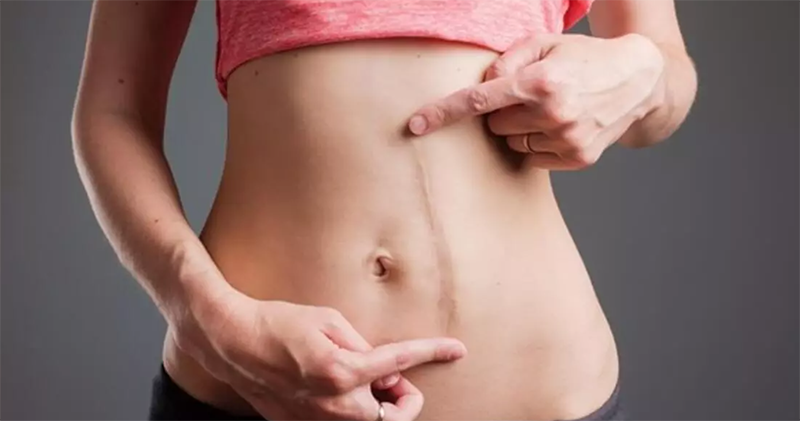A keloid is an abnormal tissue growth that occurs by overproducing collagen during the healing process of a wound or irritation on the skin surface. Keloids often spread beyond the wound, protruding beyond the normal skin tissue and taking on a raised, red or pinkish appearance.
Keloid Treatment
Also known as flank piercing, keloid treatment is actually a wound healing disorder. The body is coded to heal the damaged area after some minor traumas. In case of excess tissue during this healing period, keloid appearance may occur. This can cause many people's safety and aesthetic concerns. Fortunately, modern medicine has made significant advances in the treatment of keloids.
A keloid is an abnormal tissue growth that occurs by overproducing collagen during the healing process of a wound or irritation on the skin surface. Keloids often spread beyond the wound, protruding beyond the normal skin tissue and taking on a raised, red or pinkish appearance.

Keloid Treatment Methods
Keloid treatment may vary depending on the size and location of the keloid and the general health status of the patient. Here are some commonly used keloid treatment methods:
1. Corticosteroid Injections: In this method, corticosteroid drugs are injected into the keloid area. These drugs are used to reduce the size of the keloid and reduce inflammation.
2. Laser Keloid Treatment: Laser treatment can help smooth the skin surface and reduce discoloration by targeting keloid tissue.
3. Cryotherapy: Cryotherapy is one of the most widely used treatment methods. It works on the principle of freezing the tissue by applying extreme cold to the keloid area. This can help reduce the size of the keloid.
4. Surgical Treatment: In large or resistant keloids, this method is preferred as it is the closest solution to a permanent solution. Surgical removal of the keloid tissue can be considered. Due to the size of the tissue, this method is applied upon being foreseen by the doctor.
5. Pressure Therapy: Applying pressure to the keloid area with pressure-applying materials such as silicone sheets or special clothing can help reduce keloid growth.
6. Radiotherapy: Radiotherapy aims to shrink the keloid tissue by applying low-dose radiation to the keloid area.
7. Medications and Creams: Some topical medications or creams used can alleviate the appearance and symptoms of keloid.
How Does Keloid Form?
The healing process of the wound has 3 stages;
• The first stage is the stage that lasts for a few days, during which the wound appears.
• The second stage is the process where collagen synthesis begins, known as the recovery stage.
• In the third stage, collagen is both synthesized and broken down.
Excess tissue in the 3rd stage causes keloid formation. If keloid treatment is applied with the support of a specialist, it can be easily resolved permanently.

Should Keloid Treatment Be Done?
If keloid treatment is not done, keloids usually do not heal on their own and may continue to grow. Unlike normal scars, keloids can enlarge and become more prominent over time due to excessive connective tissue production. Also, symptoms of keloids can include:
• Aesthetic discomfort: Keloids are usually raised, red in color and have a different appearance than normal skin. This can cause aesthetic concerns for many people and can affect self-confidence.
• Itching and discomfort: Keloids can sometimes be associated with itching, burning or a feeling of tenderness. This can affect a person's daily life and cause discomfort.
• Limited mobility: Large and established keloids can affect the joints, limiting mobility. Keloids, especially near the joint, can limit joint movements and make daily activities difficult.
• The thing to remember is that keloids can progress in different ways in each individual. Some keloids continue to grow over time, while others may remain stable or even regress. In general, however, keloids are expected to tend to grow without keloid treatment.
• Therefore, it is important to consult a specialist dermatologist or plastic surgeon for keloid treatment. Early intervention and appropriate treatment offer the best chance of reducing the appearance of keloids and relieving symptoms.